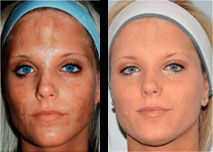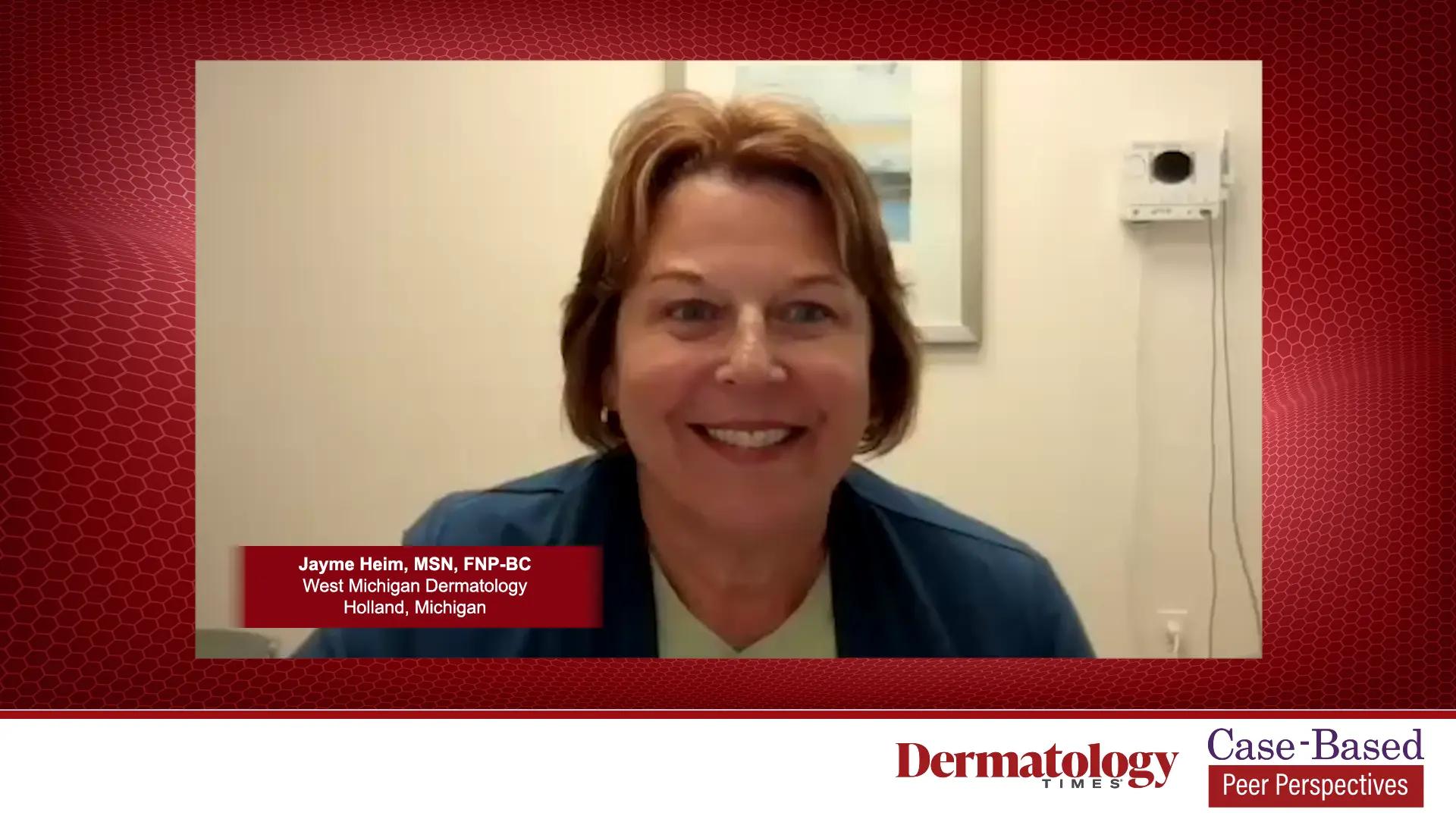- General Dermatology
- Eczema
- Chronic Hand Eczema
- Alopecia
- Aesthetics
- Vitiligo
- COVID-19
- Actinic Keratosis
- Precision Medicine and Biologics
- Rare Disease
- Wound Care
- Rosacea
- Psoriasis
- Psoriatic Arthritis
- Atopic Dermatitis
- Melasma
- NP and PA
- Skin Cancer
- Hidradenitis Suppurativa
- Drug Watch
- Pigmentary Disorders
- Acne
- Pediatric Dermatology
- Practice Management
- Prurigo Nodularis
Article
Easing the scars
Author(s):
National report - Chandra, Jordan and Trae Berns have carried severe scars over much of their bodies since the 22-year-old triplets suffered third-degree burns in a house fire at the age of 17 months.
National report
- Chandra, Jordan and Trae Berns have carried severe scars over much of their bodies since the 22-year-old triplets suffered third-degree burns in a house fire at the age of 17 months.

Trae Berns, 22, is shown before (left) and after recent treatments with the Lumenis UltraPulse Total FX laser for scars resulting from third-degree burns she suffered at age 17 months. (Photos: Jill Waibel, M.D.)
But more than 20 years later, a Florida dermatologist’s laser treatment protocol is helping those scars to fade - and drawing national media attention, as well.
Chandra, Jordan and Trae survived the blaze that killed their mother, but the emotional trauma, and the physical scars over 40 to 60 percent of their bodies, remained.
Miami dermatologist Jill Waibel, M.D., recently has treated the sisters’ scars with the Lumenis UltraPulse Total FX laser, partnering with the medical device company to provide the treatments for free.
The trio’s ordeal and diminishing scars have since been featured on national news shows, including ABC’s “20/20” and NBC’s “Today.”
Sisters seek aid
Dr. Waibel, volunteer faculty, department of dermatology, University of Miami, has been treating burn patients with nonablative and ablative fractional devices for about five years. She sees from 500 to 600 burn patients.
She met the triplets after they found information on the Internet about the dermatologist’s success with burn scars. The trio traveled from their homes in Texas to Dr. Waibel’s South Florida practice.
While burn patients often have traumatic stories to tell, Dr. Waibel says she was particularly moved by what the girls had endured.
“I took a medical history, then I asked them to tell me about what happened. Their mother died in the fire. It was determined to be arson. It was very emotional,” she says.
The girls’ father, who later died of a drug overdose, was a suspect in the case, but was found innocent of charges.
Dr. Waibel says she felt confident that she could make a significant impact on the physical scars, which the triplets said caused them great emotional suffering and social distress. The dermatologist performed her first laser treatment on each of the girls in March 2009 and has since performed a total of four treatments.
Dr. Waibel says she needs to perform a few more treatments before she will be happy with the results.
Chandra Berns, who has had treatments on her face, arms, chest and back, says she and her sisters already have experienced a better quality of life, as well as noticeable improvement in their skins’ texture and color.
“The results have been gradual. I can definitely still tell that I have been burned. But [the laser] has diminished the appearance of the burns,” Chandra says.
“[Now,] I do not think that [the scars are] the first thing that someone is going to notice when they see me. It has improved my life so much. I have gained a lot more confidence and feel like my burns aren’t holding me back like they used to.”
The approach
When treating severe burns, Dr. Waibel usually pre-treats patients with antibiotics, starting the night before treatment and ending seven days afterward. She uses prophylactic oral antivirals for those who have a history of herpes simplex.
Providing adequate but not toxic levels of anesthesia is a challenge with these patients, because so much of their bodies are often affected by the scarring. With the triplets, Dr. Waibel says she uses 30 grams of a topical numbing cream, with local injections when needed.
She then performs laser treatment, using the two laser heads of the UltraPulse Total FX.
First, the fractional CO2 goes deep into the skin, which is important, especially for burn scars, she says.
“Burn scars can go all the way to bone,” Dr. Waibel says. “This laser actually heats the skin to 100 degrees Celsius and vaporizes the scar, removing it. Then, that heat stimulates the stem cells, we think, and near-healthy collagen replaces that scar.
“This [stem cell stimulation] is only true with fractional devices. We have not seen it with traditional CO2 resurfacing,” she says.
The second laser head is used to address pigmentary and textural changes.
“These scars can heal as red, brown or white. Usually it is a combination of all three. There are different lasers - and I do combination therapy,” Dr. Waibel says. “For a scar that’s really red, I typically use the Candela’s [VBeam] pulsed dye laser. If it is hyperpigmentation, or brown, I typically use the fractional ablative laser, the UltraPulse.
“The white areas are probably the hardest to treat, and I am applying for a grant to improve hypopigmented scars,” she says.
Recovery, outcomes
Faces are the most accommodating body part for laser treatment, while the legs are the least, according to Dr. Waibel. Circulatory issues and oil glands affect how well treated body areas recover from treatment.
Patients generally feel a sunburn-like pain for a few hours post-treatment. While recovery from the first laser treatment tends to take a little longer than recovery from subsequent sessions, Dr. Waibel says the process usually takes about a week to 10 days for the face; 10 to 14 days for the chest and neck; and about two to three weeks for the arms and legs.
“But the true healing can take up to a year,” she says.
Realistically, she says, she cannot expect perfection, but she says patients commonly experience relief from their symptoms, which include burning, itching and painful sensations. Aesthetically, scars tend to improve 30 percent to nearly 100 percent.
That’s a quantum leap from the prognosis as recently as a decade ago.
“When I was in medical school 10 years ago, only a fraction of burn patients lived. If you had more than 30 percent burns, you would die,” Dr. Waibel says.
“Today, 94.4 percent of burn patients live. So, what do we have to do as dermatologists for the 20 million burn survivors who are now living with as much as 90 percent of their bodies with scars?
“We have to help give them back their quality of life,” she says. “A lot of them are recluses. They do not go out or date; they wear long sleeves. I hope the laser technology will help as they move forward.” DT





